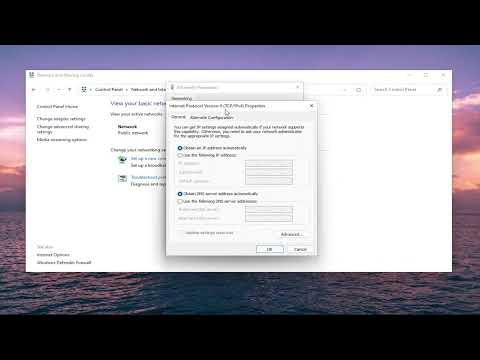I remember the day when I first encountered the dreaded issue: “An Active Directory Domain Controller (AD DC) for the domain could not be contacted.” It all began on a regular Tuesday morning, or so I thought. I had been working on a project that involved integrating a new server into our existing Active Directory (AD) setup. Everything seemed to be going smoothly until I tried to join the new server to the domain. That’s when the problem struck.
It all started with a routine task. We had just upgraded our infrastructure, and the new server was meant to replace an old one. The installation process had been straightforward—until the moment I attempted to join the new server to the domain. The error message appeared out of nowhere, and my heart sank as I read, “An Active Directory Domain Controller (AD DC) for the domain could not be contacted.” I quickly realized that this wasn’t just a minor glitch; this was a major obstacle that needed to be resolved immediately.
Initially, I assumed it might be a simple connectivity issue. I checked the network cables, ensured that the server was connected to the network, and verified that it had a valid IP address. Everything seemed in order on that front. Still, the error persisted. I ran basic network diagnostics to ensure that the server could reach other devices on the network. The pings were successful, and there were no apparent issues with the network infrastructure. It was perplexing and frustrating to see that everything seemed correct but the problem remained unresolved.
Determined to get to the bottom of this, I decided to dive deeper into the issue. I began by checking the DNS settings. Active Directory relies heavily on DNS to function correctly, and I knew that any misconfiguration could lead to the problem I was facing. I made sure that the server’s DNS settings pointed to the correct DNS server for the domain. After verifying this, I used the nslookup command to ensure that the DNS resolution was working properly. To my dismay, the results were inconsistent; sometimes the domain controller could be resolved, and other times it couldn’t. This inconsistency was a clue that there might be something more deeply wrong.
Next, I checked the domain controller itself. I ensured that it was up and running by trying to connect to it using various administrative tools. The domain controller appeared to be operational from a distance, but something clearly wasn’t right. I took a closer look at the Event Viewer logs on the domain controller and found some warnings and errors related to network connectivity and DNS issues. It seemed like the domain controller was experiencing intermittent problems that could potentially affect its ability to respond to requests.
With this new information, I started to investigate potential network issues. I used tools like tracert and pathping to trace the route from the new server to the domain controller. These tools helped me identify if there were any network bottlenecks or interruptions along the path. Interestingly, while these tools didn’t reveal any significant network issues, they did show some minor latency that I hadn’t noticed before. This minor latency, though not immediately alarming, was something I decided to keep in mind as I continued troubleshooting.
Another avenue I explored was checking the time synchronization between the new server and the domain controller. Time synchronization is critical for Active Directory operations, and discrepancies between the server’s clock and the domain controller’s clock can cause authentication failures. I verified that both servers were synchronized with the same NTP (Network Time Protocol) server, ensuring that there were no significant time differences.
Despite all these efforts, the issue remained unresolved. At this point, I decided to reconfigure the network settings on the new server. I removed the server from the domain and then attempted to rejoin it. This process involved several steps: changing the network settings, resetting the TCP/IP stack, and flushing the DNS cache. I hoped that a fresh attempt might resolve any underlying issues that had been causing the connectivity problems.
After reconfiguring the network settings, I attempted to join the domain again. This time, the process seemed to proceed without any errors. The new server successfully joined the domain, and I was relieved to see that the error message was gone. I performed additional checks to ensure that everything was functioning correctly. I logged into the new server with a domain account and verified that it could access shared resources and authenticate against the domain controller.
In the end, the issue was resolved through a combination of network reconfiguration, DNS verification, and time synchronization checks. It was a challenging problem, but persistence and a systematic approach helped me identify and address the root cause. The experience taught me valuable lessons about troubleshooting Active Directory issues and reinforced the importance of thorough and methodical problem-solving. Now, whenever I face a similar issue, I approach it with the knowledge and confidence gained from overcoming this particular challenge.
